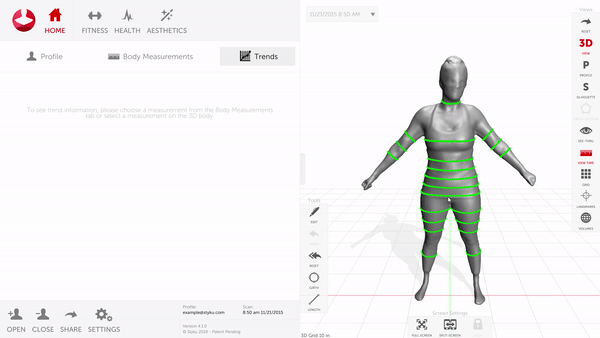
A Review Of Body Composition Measurement In The Assessment Of Health
The assessment of body composition provides insights into both nutritional status and functional capacity of the human body and is useful in nutrition for describing growth and development from birth through to adulthood and for understanding the developmental origins of health and disease in designing nutritional strategies and in monitoring of therapeutic interventions 12. There is an ongoing need for methods that yield information on metabolic and biological functions. The assessment of body composition has reached an outstanding position in studies in the area of nutrition physical activity and health because of the important role of body components in human health especially regarding the influence of excess body fat and its distribution on the onset of non communicable chronic diseases. Thus it is important for health and fitness professionals to have a general understanding of the most commonly used techniques for assessing body composition. Perhaps the most accessible method for measuring body composition a skin fold assessment can be done using either three four or seven sites meaning parts of the body. The measurement of body composition bc represents a valuable tool to assess nutritional status in health and disease.
Abstract body composition is one of the major health related components of fitness. Bioelectrical impedance analysis bia and dual energy x ray absorptiometry dxa nowadays considered. To establish the nutrition and health status. This paper gives a brief overview of common non invasive techniques for body composition analysis and a more in depth review of a body composition assessment method based on fat referenced quantitative mri. Earlier published studies of this method are summarized and a previously unpublished validation study based on 4753 subjects from the uk biobank imaging cohort comparing the quantitative. A review of body composition measurement in the assessment of health.
This review presents the developmental background and underlying principles and theory of four laboratory hydrodensitometry air displacement. The most used methods to evaluate bc in the clinical practice are based on bicompartment models and measure directly or indirectly fat mass fm and fat free mass ffm. Based on the wide range of measurable properties analytical methods and known body composition models clinicians and scientists can quantify a number of body components and with longitudinal assessment can track changes in health and disease with implications for understanding. The measurement of human body composition plays an important role in qualifying health and nutritional status the impact of disease and change due to nutritional therapeutic or behavioral. Body composition measurement in health assessment 17 with a technique providing accurate and reliable body composition estimates for an individual.
Random Post
- kaley cuoco body measurement
- grace kelly body measurement
- utkarsh sharma body measurement
- vivek dahiya body measurement
- bbq body measurement
- body measurements slimmer
- bust waist hip measurements body shape
- bra fitting jacksonville fl
- assessment of body temperature measurement options
- body temperature measurement equipment
- daniel bryan body measurements
- baron corbin body measurements
- clovia bra measurement
- dascha polanco body measurement
- urvashi rautela body measurement
- lazar angelov body measurement
- body measurements bodybuilding
- shehnaaz gill body measurement
- body measurement guide for sewing
- body measurement axis
- rosalia rodriguez body measurement
- teyana taylor body measurement
- interactive body measurement
- body measurement display
- digital body fat measurement
- helena christensen body measurement
- body measurement app iphone
- candice body measurement
- sewing body measurement template
- john body measurements
- body beast measurement sheet
- nawazuddin siddiqui body measurement
- anna marisax body measurement
- fat body measurement
- arshad warsi body measurement
- correct bra measurement sizing
- karan wahi body measurement
- suresh raina body measurement
- bra size measurement centimetres
- full body measurement machine
- shobhna yadav body measurement
- dolon roy body measurement
- glenn maxwell body measurements
- fine body measurement
- girth measurement body fat percentage
- halston sage body measurement
- marisa tomei body measurement
- bwd body measurements
- kurt angle body measurements
- monalisa body measurement





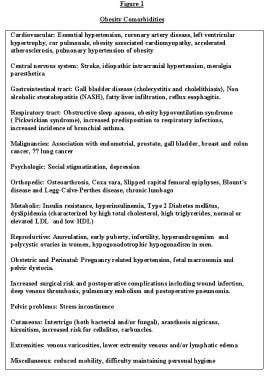




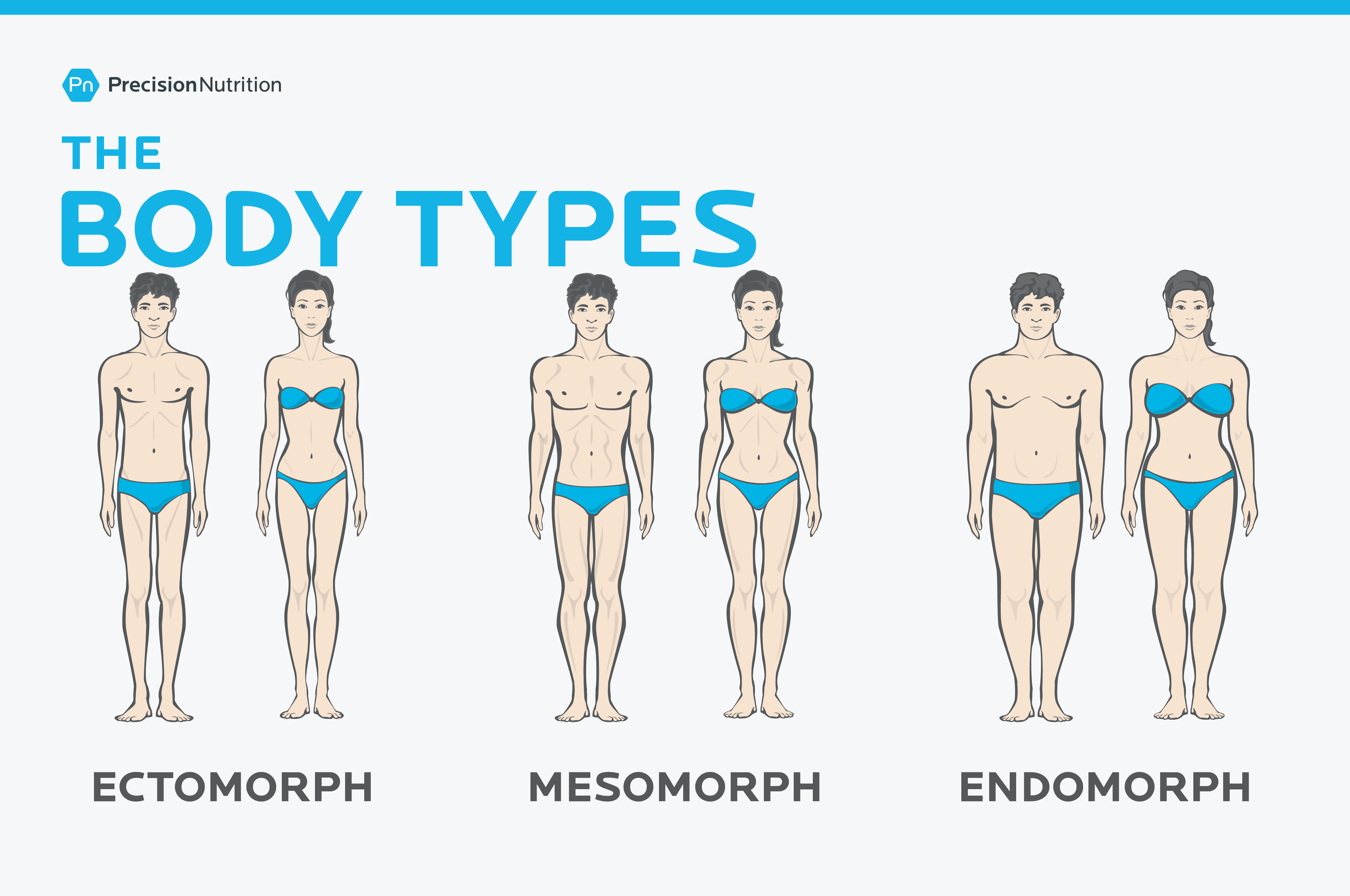

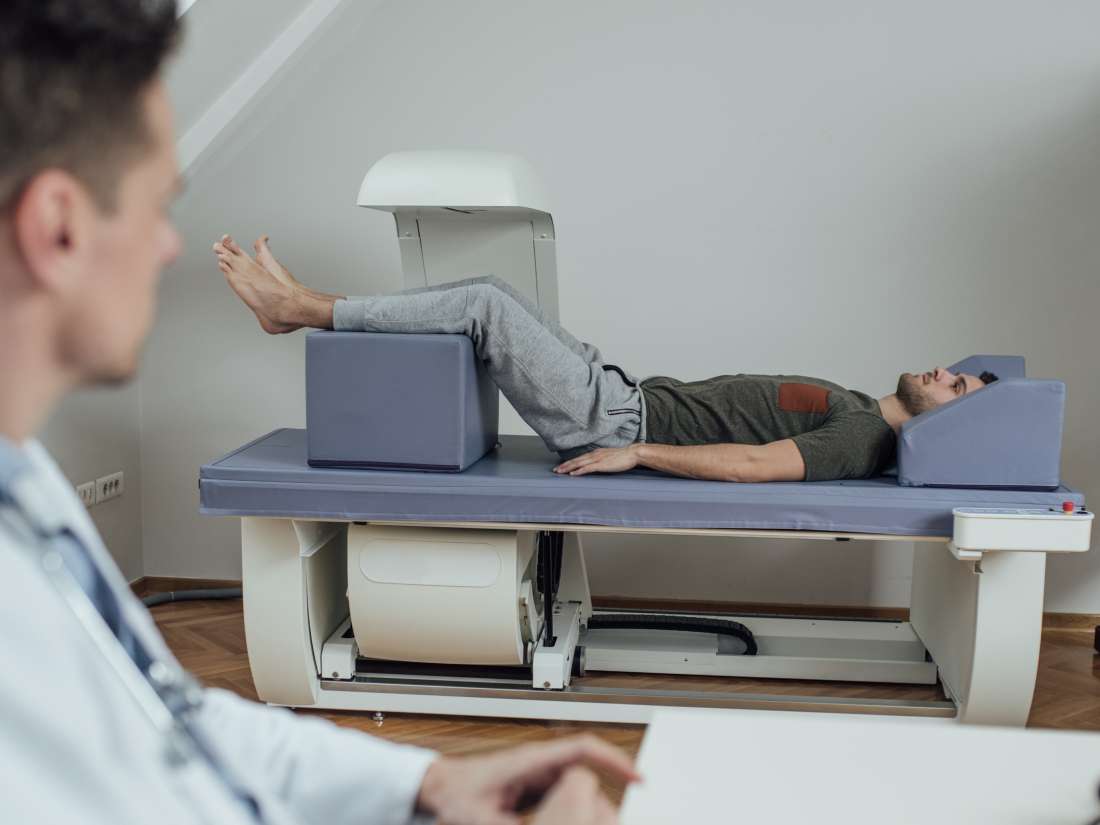







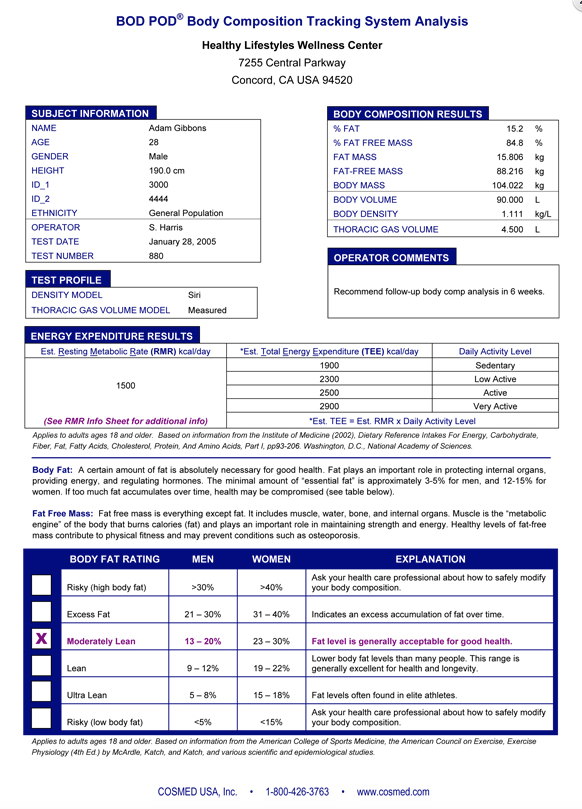


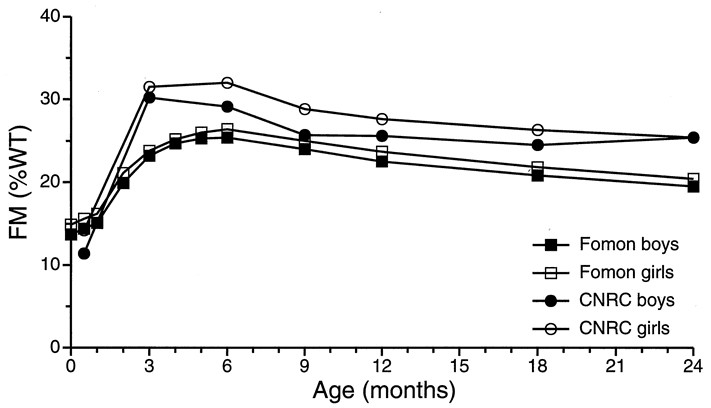





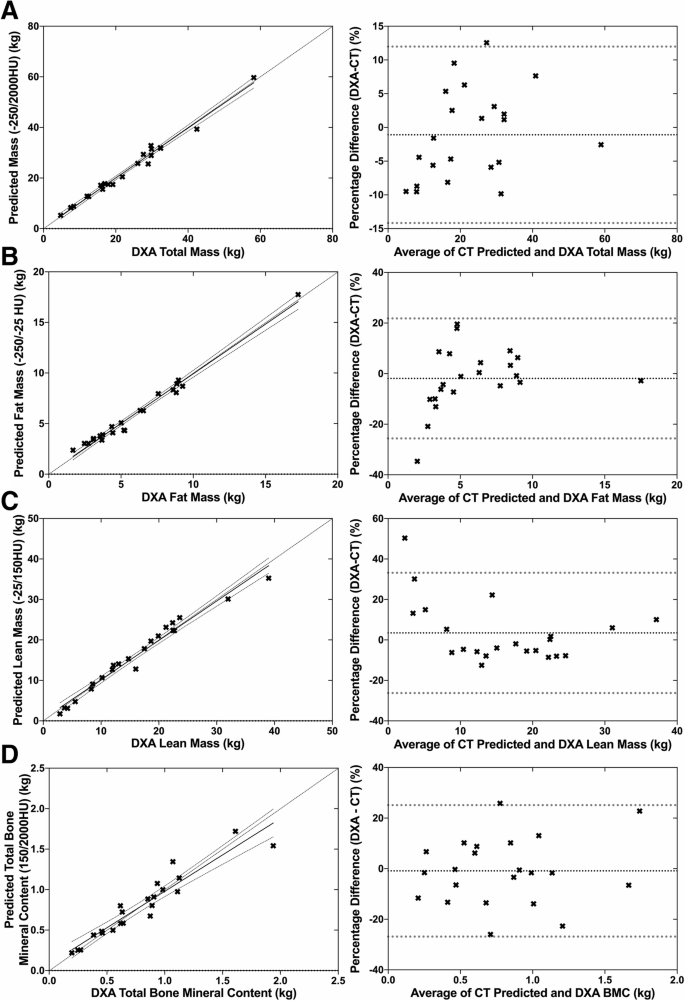
/GettyImages-1094376624-4235250d069f4902ac652054d29fa3a0.jpg)


/underwater-hydrostatic-body-fat-weighing-453131436-5ad4f5c2642dca0036367079.jpg)

